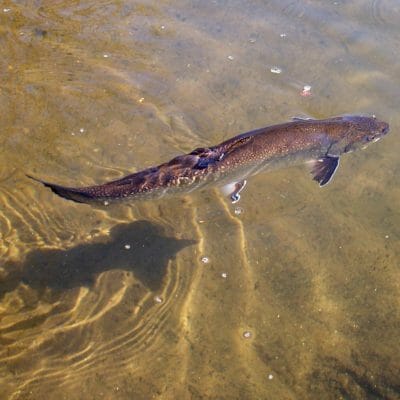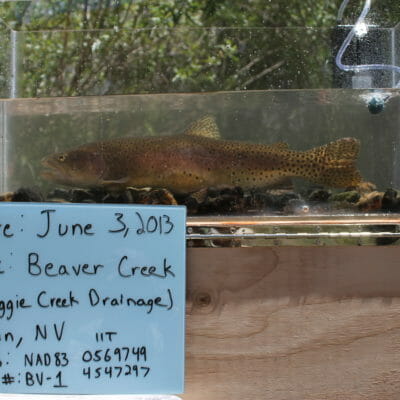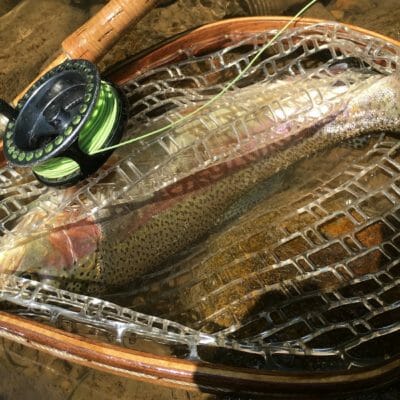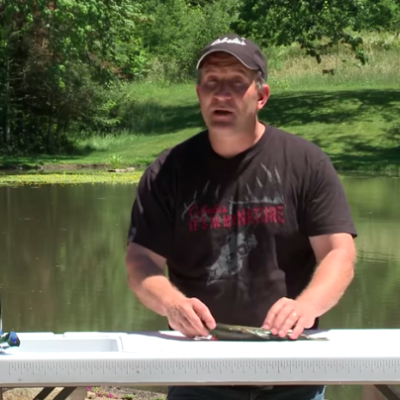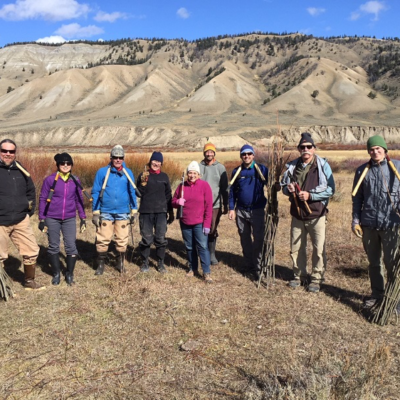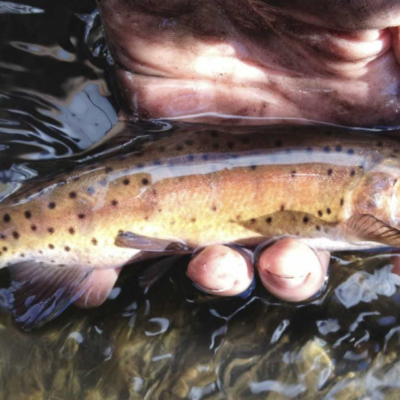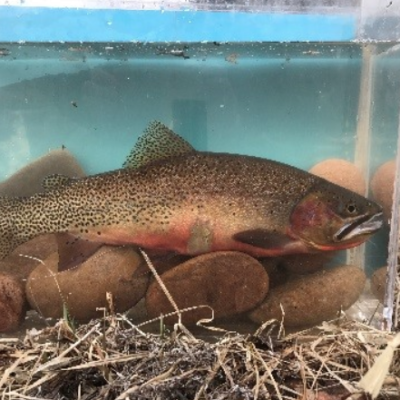Last week, Trout Unlimited posted a clip describing the proper way to de-bone a trout. Perhaps predictably, this was met by a few howls of outrage. “How can the organization that practically invented catch-and-release advocate eating a trout? Shame. Shame!” The fact is, however, that not all wild fish are equal, and whacking one can…
By Chris Wood Some define conservation as overseeing loss. Loss of wetlands; loss of open space; loss of water quality; loss of species. Aldo Leopold harkened to this when he wrote in the Sand County Almanac that “One of the penalties of an ecological education is that one lives alone in a world of wounds.…
By Mark Taylor You know how time can seem to slow down in an emergency or stressful situation? It’s a real thing, basically a function of the brain sending a big old shot of adrenaline into the bloodstream. The fancy word for it is tachypsychia, and it what I was experiencing as stood waist deep…
While most trout anglers these days practice catch-and-release, there are instances where keeping a trout or two for dinner is perfectly acceptable, and, in some cases, good for the river or stream (a non-native rainbow trout in a cutthroat trout stream, for instance). But even when we keep trout for the occasional meal, it’s incumbent…
Volunteers from the Jackson Hole chapter of Trout Unlimited gathered to help plant willows along a restored section of Unnamed Creek on the Upper Gros Ventre River Ranch Tributary Restoration Project. Trout Unlimited photo.< /span> By Leslie Steen Once the good part of the pavement stops it still takes nearly two hours to travel the…
By Helen Neville I think it’s safe to say that rarely in my life have I been inspired performing grant reporting. But in a recent effort to compile progress toward metrics for the National Fish and Wildlife Foundation’s Lahontan Cutthroat Trout Keystone Initiative, whi ch funds much of TU’s work on LCT, I had one…
Every spring, fluvial cutthroat congregate in healthy tributaries of the Clark Fork River to begin their long journey up the stream to spawn – with some fish known to swim more than 100 miles in several weeks. The lengthening daylight, rising water levels and warming water temperatures trigger the upstream cutthroat migration for spawning. Before…
